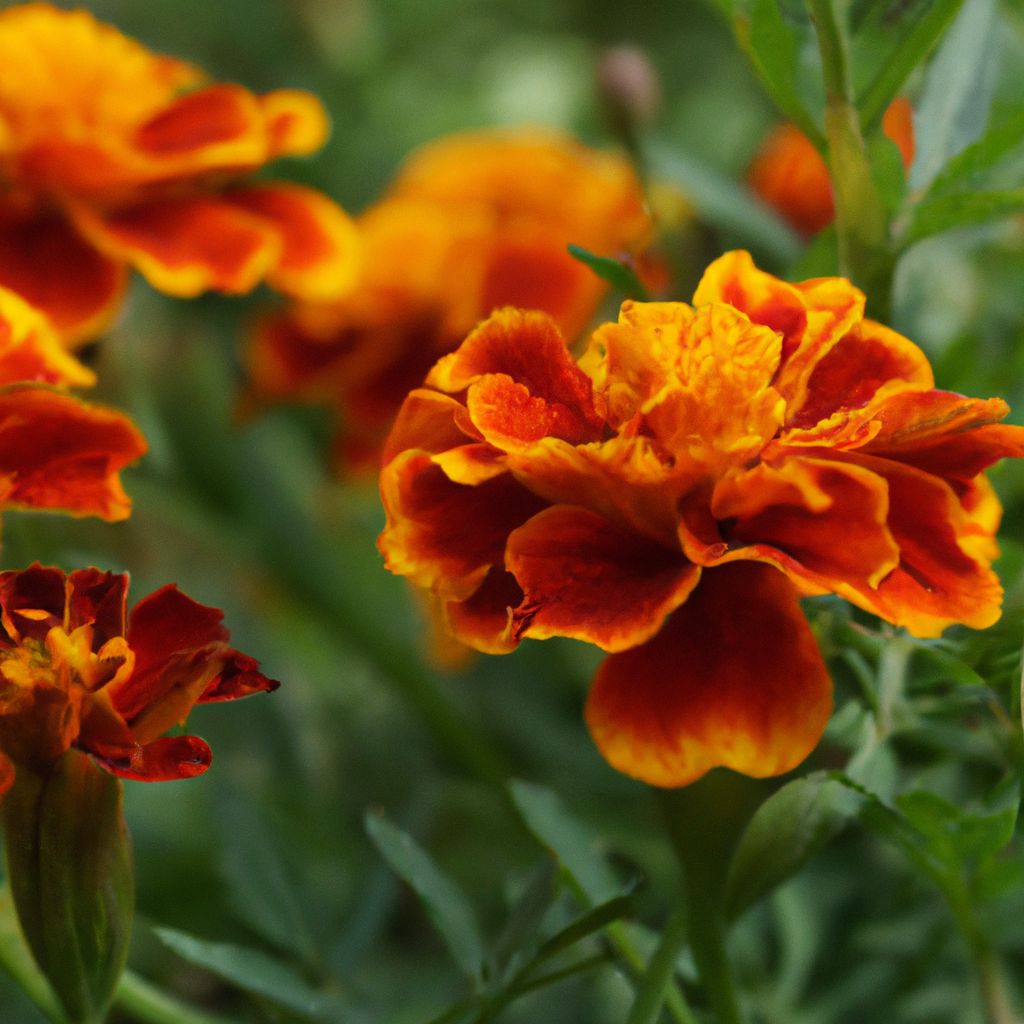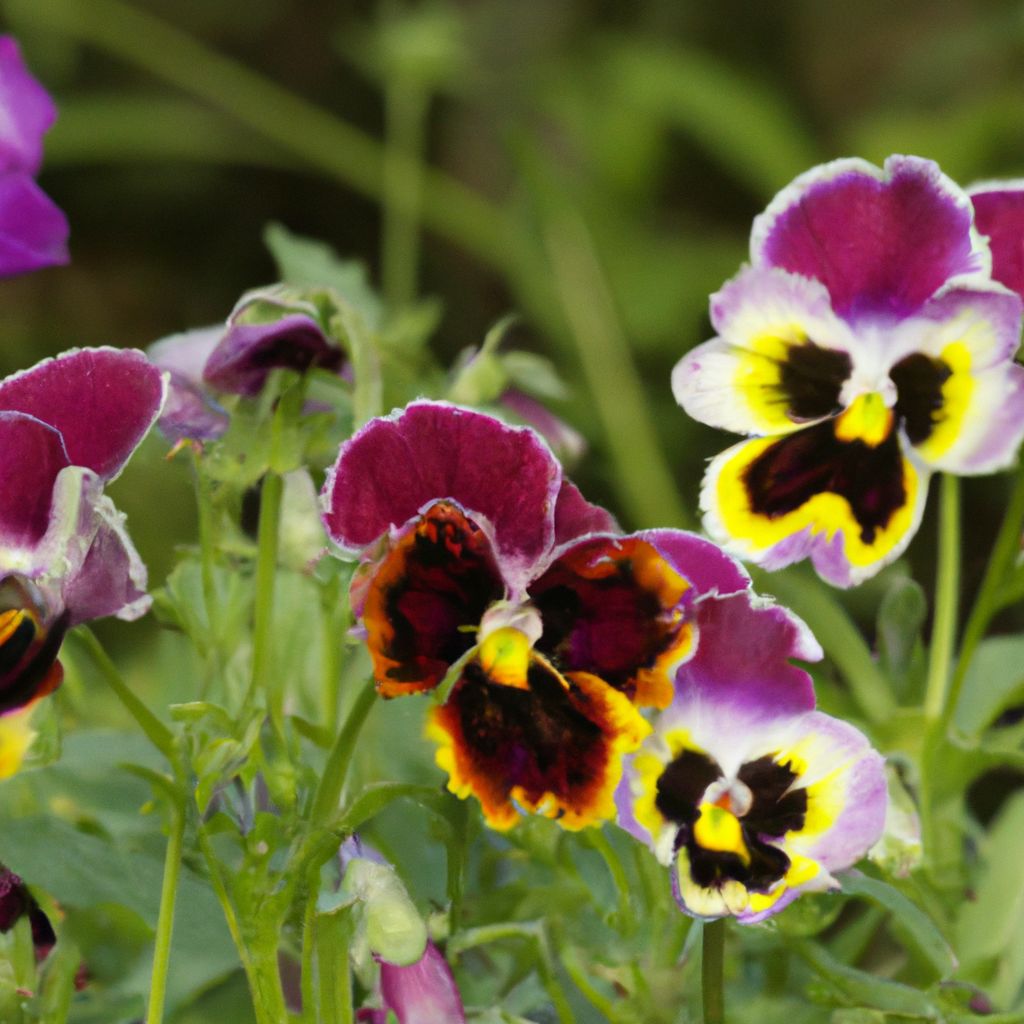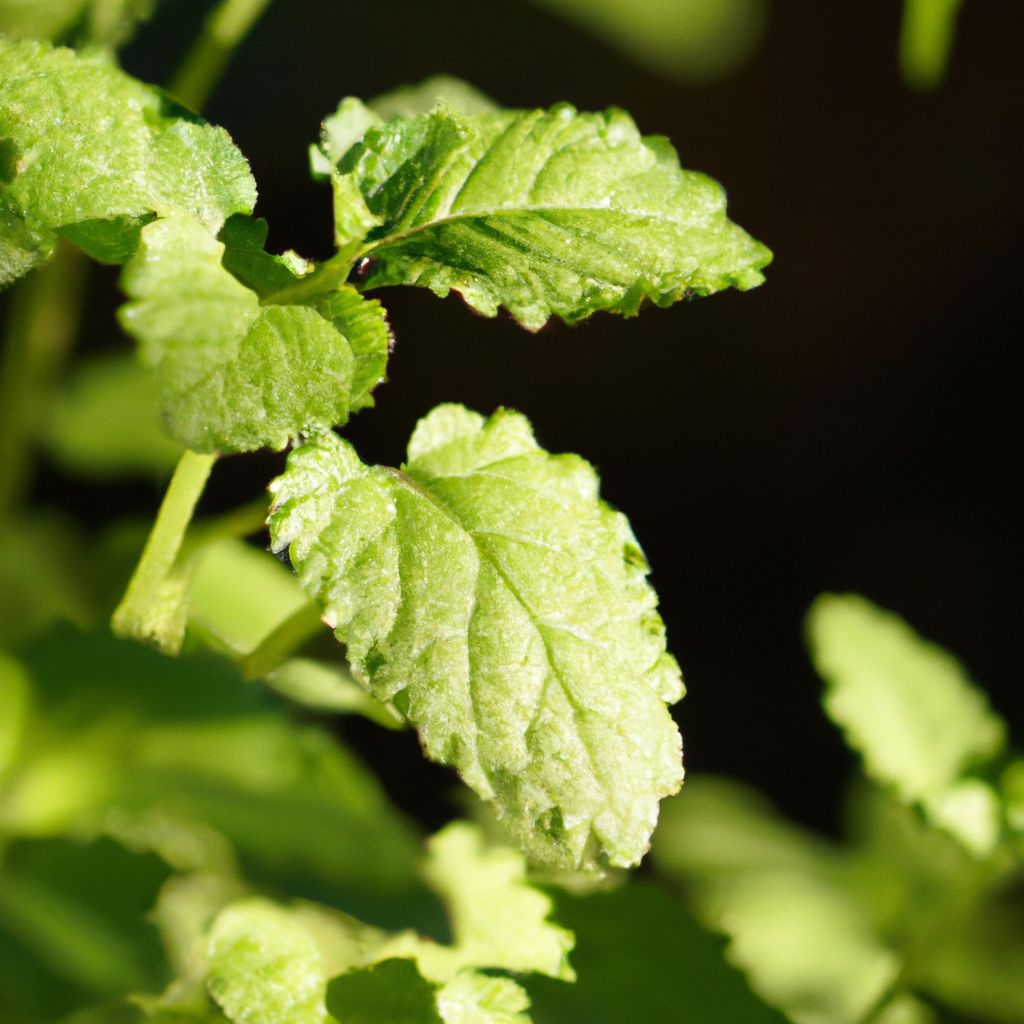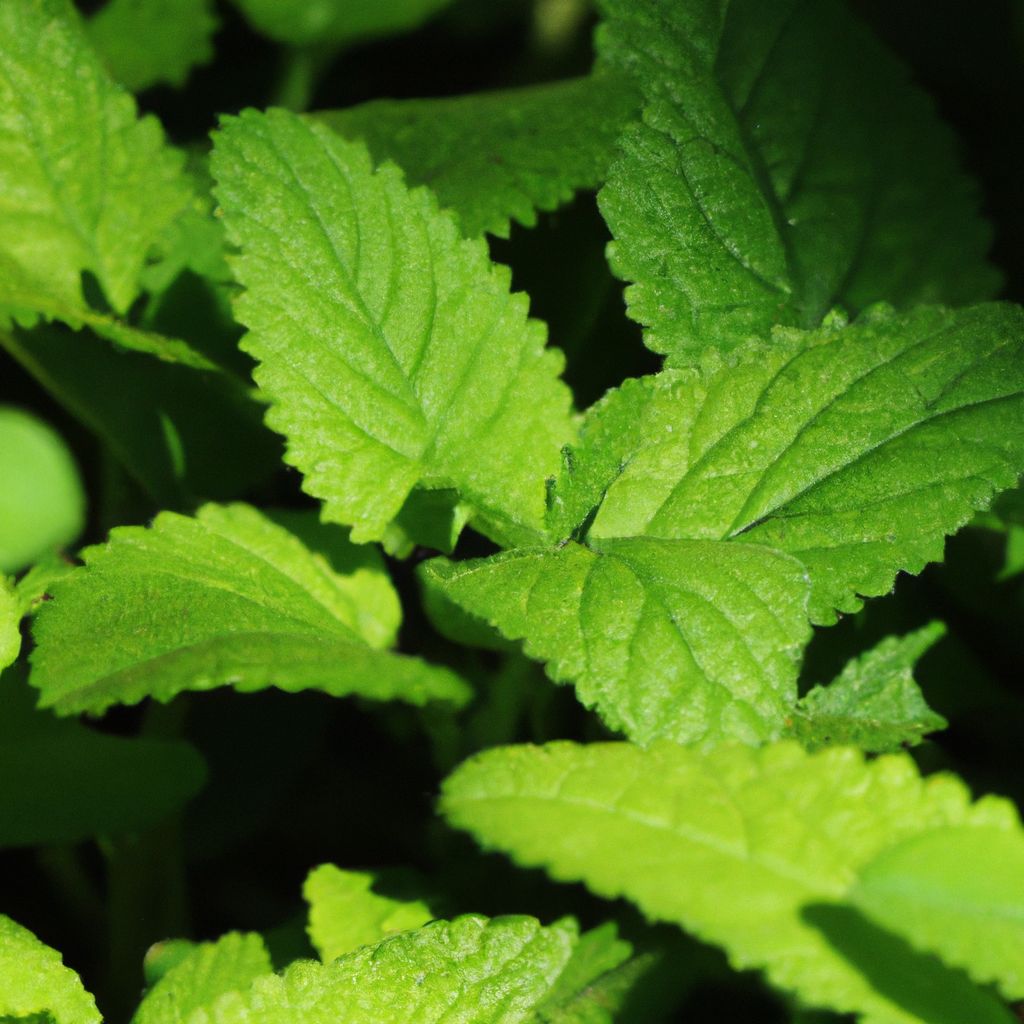Growing porcini mushrooms at home can be a delightful and rewarding experience for any enthusiastic gardener or mushroom lover. In this article, we explore the steps for starting your own porcini mushroom adventure at home.
Selecting the Right Location and Soil
Porcini mushrooms, also known as king bolete mushrooms, thrive in specific conditions that mimic their natural forest habitat. When selecting the right location to grow them at home, consider the following factors:
Lighting and Shade
- Porcinis grow best in dappled sunlight, preferring shady spots with filtered sunlight throughout the day
- Areas with full sun exposure often get too hot and dry out the soil too quickly
- Densely shaded areas under trees or shrubs work well
- If needed, use shade cloths to regulate sunlight
Soil Quality and Drainage
- Rich loamy soil with lots of organic material is ideal
- Mix in nutritious compost or well-rotted manure before planting
- The soil pH should be between 6.0-7.0
- Porcini mycelium needs well-aerated, moist soil
- Ensure the area has good drainage to prevent waterlogging
Ambient Temperature
- Porcinis thrive in cool conditions, around 55-65°F
- Avoid spots that get excessively hot in summer
- Consider creating a shelter to help regulate temperatures
Air Circulation
- Good air flow helps prevent mold growth
- Position your growing area where air can circulate
- Trim back overgrown plants that can block air flow
Convenience
- Pick a spot that is easy to access for regular care and harvesting
- Near a water source for convenient irrigation
By selecting the optimum growing location with rich, loamy, well-drained soil and dappled sunlight, you’ll provide the right habitat for your porcini patch to flourish.

Sourcing High Quality Spores and Planting
Once you have prepared your growing area, it’s time to acquire porcini mushroom spores and spawn. As you embark on your fungicultural journey, here are some key steps:
Choosing Reputable Spore Sources
- Purchase from trusted mycological suppliers and nurseries
- Seek out suppliers with experience providing viable mushroom spores
- Read customer reviews and inspect sample images if possible
- Consider sourcing old fruiting bodies of wild porcini for spores
Popular Spore Options
- Spores prints – spores collected on foil or paper
- Spore syringes – sterile spore solution in a syringe
- Grain spawn – mycelium growing on sterilized grain
- Sawdust spawn – mycelium cultivated in sawdust
Preparing Your Spawn
- Follow all instructions from your supplier carefully
- For spore prints/syringes, prepare grain or sawdust spawn first
- Use sterile technique to avoid contamination
Mixing Spawn Into Your Growing Medium
- Loosen soil and mix in spawn evenly in prepared growing patch
- Cover spores/spawn with 1-2 inches of soil and compost
- Spawn will slowly colonize the soil, expanding the mycelium
Initializing Growth
- Mist gently and keep planting area moist
- Partial shade, cool weather assists early mycelial growth
- Be extremely patient – fruits may take weeks/months to emerge
With high quality spores introduced to an ideal growing environment, your porcini patch will eventually produce bountiful harvests. Monitor moisture, humidity and soil health closely in these early stages.

Caring For Your Mushrooms
Caring for growing porcini mushrooms involves maintaining optimal conditions, moisture levels, soil health and vigilant monitoring to prevent issues.
Soil and Growing Medium
- Check soil pH periodically, adjust to 6.0-7.0 if needed
- Mix in additional compost after harvests to replenish nutrients
- Avoid compressing soil to protect fragile mycelium
Watering and Moisture:
- Porcini mycelium thrives in damp (not soggy) conditions
- Water whenever topsoil begins to dry out
- Use watering can, not direct water jets from a hose
- Consider installing a misting system on automatic timer
Environment Controls
- Use shade cloths, fans and misters to maintain cool, humid microclimate
- Target temperatures between 60°-65° F
- High temperatures risk drying out soil too fast
Watching for Primordia
- Check planting beds often for early mushroom growth
- Pinhead-sized nodules will eventually enlarge into fruiting bodies
Ongoing Maintenance
- Carefully weed area to reduce pests hiding in vegetation
- Gently rake top layer to de-compact soil if needed
- Apply additional layer of mulch/compost around emerging mushrooms
With attentive soil and environmental management, your developing porcini mushrooms will thrive and mature nicely.
Harvesting and Enjoying Your Porcinis
As porcini mushrooms reach maturity, here is how to harvest and make the most of your mouth-watering bounty:
Identifying Ripeness
- Harvest when caps fully open (about 4-8 inches diameter)
- Check that stems are firm and watch for cracks in caps
- Overripe mushrooms attract pests and deteriorate quickly
Harvesting Technique
- Use a sharp knife to cut stems carefully at base
- Avoid yanking mushrooms out of soil
- Handle gently to not bruise delicate flesh
Cleaning and Preparing
- Gently brush debris off with soft brush or towel
- Check for insects and trim off any damaged parts of the stem
- For cooking, slice stems and wipe dirt from caps with dry cloth
Fresh Storage
- Place unwashed harvest in paper bags in the refrigerator
- Do not wash before storage or place in plastic bags
- Porcinis will keep fresh for 5-7 days or longer
Preserving Excess Harvest
- Consider drying extra mushrooms if abundant harvest
- Use a dehydrator or oven set to low temperatures
- Rehydrate in soups and broths when cooking
Cooking Your Porcinis
- Porcinis add amazing depth and flavor to Italian dishes
- Saute in olive oil or butter before adding to risottos and pastas
- Enhance steak and hamburgers by grilling or roasting porcini slices
- Experiment with porcini powder from dried mushrooms
Enjoy experimenting with fresh and preserved porcini mushrooms from your backyard fungal adventure!
Troubleshooting Challenges
When cultivating porcini mushrooms, you may encounter various challenges that can impact growth and fruiting. Being aware of potential issues and responsive troubleshooting steps will help ensure success:
Contamination Concerns
- Look for unusual colored molds and foul odors
- Remove and destroy contaminated areas swiftly
- Improve soil drainage and aerate soil with frequent turning
- Sterilize tools and equipment regularly
Poor Fruiting Problems
- Assess sunlight, temperature, moisture levels
- Supplement with additional spore solution around the base
- Gently rake top layers of soil to encourage pinhead growth
Pest Infestations
- Check under leaves/mulch for snails, slugs and inspect mushrooms for insects
- Set up copper strip barriers and remove hiding spots
- Apply organic pest control solutions if infestation is severe
Preventing Disease
- Never plant porcinis where other mushrooms grew previously
- Remove diseased plants immediately and do not compost
- Mix in dolomitic lime to balance soil pH if needed
Be vigilant, take prompt action if required and learn for each season. Over time, you will master the art of cultivating porcini mushrooms.
Preventing Pests and Diseases
When growing tasty porcini mushrooms, it is imperative to protect your crops from potential pests and diseases right from planting stage through to maturity and harvesting. Here are proactive tips:
Common Garden Pests that Affect Porcini Mushrooms
- Fungus gnats – lay eggs in moist soil, larvae damage roots and mycelium
- Slugs and snails – create holes in stems and caps while feeding nocturnally
- Spider mites – almost invisible pests that form webs and suck cell contents
- Thrips and beet armyworm – crawling insects that create scarring
Diseases Causing Damage
- Ink caps – mushrooms liquefy black “ink” that drips everywhere
- Trichoderma mold – fast-spreading green mold that inhibits fruiting
- Brown rot – bacterial disease making caps watery before deteriorating
- Mycoparasites – parasitic fungi that attack and destroy mushroom mycelium
Prevention Practices
- Source certified disease-free mushroom spawn
- Remove any diseased plants swiftly
- Wash hands and tools thoroughly before handling crops
- Ensure site has adequate air flow and circulation
- Practice regular crop inspection and monitoring
- Apply organic fungicides cautiously if certain diseases appear
Organic Pest Control Options
- Surround growing area with copper barrier strips
- Sprinkle wood ash or coffee grounds to deter slugs
- Set beer traps for snails which are attracted to fermented smells
- Introduce beneficial predatory insects like ladybugs and lacewings
- Apply organic insecticidal soap, neem oil or diatomaceous earth for severe infestations
- Handpick larger pests off plants when spotted
With preventative practices and early intervention when required, your porcini mushroom crop can flourish productively.
Continuing Your Adventure
With the reward of your inaugural harvest of delicious porcini mushrooms from your backyard patch, the adventure has only just begun! Here are ideas for continuing your fungal growing journey:
Expanding Your Mushroom Varieties
Once you have porcini cultivation mastered, consider experimenting with other gourmet mushroom varieties:
- Shiitake – delicious Japanese mushrooms that grow well on logs
- Oyster – elegant fan-shaped mushrooms that thrive in straw beds
- Lion’s mane – unique shaggy mushrooms revered for numerous health benefits
Learning New Culinary Creations
- With each season, build upon porcini recipes in your cooking repertoire
- Learn new preparation methods like pickling, stuffing and mushroom burgers
- Blend dried porcinis into flavorful powders to use in soups, pastas and risotto
Upscaling and Sharing
- Increase your planting area over time to boost yields year upon year
- Gift bags of homegrown porcinis to friends and family
- Write your own DIY porcini cultivation guide based on experiences
- Volunteer to teach classes on mushroom growing in your community
Furthering Your Mycological Education
- Join a local mycology club to connect with other mushroom enthusiasts
- Expand your home mushroom farm with exotic varieties like matsutake
- Study amazing mushroom species growing wild in nearby woods and forests
- Attend fungi focused seminars, exhibitions and download identification apps
Let your inaugural porcini mushroom harvest mark the genesis of an ongoing adventure cultivating fabulous fungi! The possibilities for deepening your knowledge and skills are endless.

Continuing As a Lifelong Mushroom Growing Aficionado
As you reflect back on the season’s porcini mushroom haul sprawling before you, take pride in your successful first steps into the intriguing world of fungiculture. Through dedication and determined troubleshooting, your days of buying pricey imported dried porcini are over. An empowering self-sufficiency comes from nurturing this staple ingredient in your cooking from microscopic spore to garlicky, butter-sautéed morsel.
Yet as pleasurable as biting into the fruits of your own cultivation is now, the real revelation comes in realizing this marks not an end point but the kicking off of a lifelong avocation. The journey has awakened passions for mycology and cooking that will only deepen, propagate and multiply – much like the subterranean mycelial networks underpinning your mushroom beds.
If inspiration strikes, clear and prepare new garden beds to start additional exotic mushroom varieties like lion’s mane or maitake. Volunteer to teach community classes on mushroom growing or forage for edible and medicinal species in nearby woods. Join regional mycological societies to connect with experts. Check out advanced online courses in fungal biology or learn commercial-scale cultivation techniques to launch an artisanal mushroom business.
The tradition of Italian hunters and chefs seeking out tender porcini will never fade. Yet now as a mushroom cultivator, not only can you source this ingredient any day you like, but you hold the knowledge to grow and cook with mushrooms sustainably for the rest of your life. That reality is almost as satisfying as the first bite of a garlicky porcini omelette made with mushrooms from your own patch of damp, shaded garden earth.
Frequently Asked Questions About Growing Porcini Mushrooms at Home
Q: What type of location is best suited for growing porcini mushrooms?
A: Porcini mushrooms prefer partially shaded spots with rich, well-draining soil and consistent moisture. Ensure the location does not get excessive heat while allowing gentle air circulation.
Q: Where can I obtain reliable porcini mushroom spawn or spores?
A: Reputable online mushroom growing supply stores or local nurseries focused on mushroom cultivation typically offer viable porcini mushroom spores and spawn. Seek out trusted suppliers used by mushroom growing communities.
Q: How long does it take for porcini mushrooms to grow from spores planted in the ground?
A: Patience is key. It can often take 2-4 months for pinhead sized mushrooms to emerge after spores are mixed into soil. With ideal growing conditions, porcini mushrooms then mature over another month.
Q: Should I cover developing porcini mushrooms with any kind of protective layer?
A: Porcini mushrooms that begin emerging can benefit from an extra 1-2 inches of compost or straw placed gently atop and around the growth. This helps maintain consistent moisture and humidity.
Q: What is the best technique for harvesting mature porcini mushrooms?
A: Use a sharp knife to carefully cut porcini mushrooms near the base when their caps reach 4-8 inches diameter and begin opening upwards. Avoid yanking mushrooms out the ground which can damage delicate mycelium.
Q: Can I grow porcini mushrooms indoors?
A: While challenging, it is possible to cultivate porcini mushroom spawn indoors using moist hardwood sawdust beds in a cool, humid basement or cellar environment. Outdoors is often easier for meeting porcini temperature preferences.
Q: How long do fresh porcini mushrooms last after picking?
A: Freshly harvested porcini mushrooms keep well in paper bags in the refrigerator for 5-7 days. Do not wash mushrooms prior to refrigeration. Cook porcinis as soon as possible for best flavor and texture.
Q: What is the ideal temperature range for growing porcini mushrooms?
A: Porcini mycelium thrives in cool 60-65°F temperatures. Warmer than 75°F risks excessive evaporation. Colder than 50°F slows growth dramatically. Monitor soil temperature and use shading/covers to regulate.
Q: How often should I water my developing porcini mushroom patch?
A: The top few inches of soil should never be allowed to dry out completely. Check moisture levels daily by touch and water whenever the soil begins feeling dry, aiming to maintain consistent dampness. Amount/frequency varies based on climate/weather.
Q: Is it normal for some porcini mushrooms to have a greenish hue?
A: A greenish or olive tinge on a porcini cap simply indicates the mushroom has not been exposed to enough light during formation. While odd colored, they are completely edible and safe to eat after cleaning properly.
Q: Can I plant porcini mushrooms multiple seasons in the same location?
A: It is recommended to relocate your mushroom patch to a different area of garden each year. This prevents disease carryover and allows soil nutrients to replenish so yields remain robust season after season.

I hope these tips empower you to embark assuredly on starting your own fantastic fungal foraging endeavor cultivating porcini mushrooms! Let this guide set you on a path to many bountiful backyard mushroom harvesting seasons.



















































